Description
Plant Canopy Imager CI-110 from CID Bio-Science
The CI-110 Plant Canopy Imager captures wide-angle canopy images while estimating Leaf Area Index (LAI) and measuring Photosynthetically Active Radiation (PAR) levels. Images live-update on the included tablet, providing instant data for verification and analysis with integrated software in the field under any daylight conditions. User-selected zenith and azimuthal divisions allow investigation of any canopy sectors desired, and the instrument’s light-weight design makes it convenient for canopy imaging in any location!
THEORY OF OPERATION
 Leaf Area Index (LAI) is defined as one sided leaf area divided by the total ground area. Photosynthetically Active Radiation (PAR) designates the spectral range of solar radiation (400-700 nm). By measuring PAR and LAI simultaneously, one is able to calculate LAI and canopy parameters using a variety of methodologies.
Leaf Area Index (LAI) is defined as one sided leaf area divided by the total ground area. Photosynthetically Active Radiation (PAR) designates the spectral range of solar radiation (400-700 nm). By measuring PAR and LAI simultaneously, one is able to calculate LAI and canopy parameters using a variety of methodologies.
To calculate LAI, the CI-110 captures a 150° fisheye image of the canopy, which is divided into zenith and azimuthal divisions. Using the software included on the tablet computer, the user can include or exclude any zenith and azimuth division to focus on specific portions of the canopy for study.
The most practical method for non-destructive LAI measurement is the Gap Fraction Method. Gap Fraction indicates how much of the sky is visible from beneath the plant canopy. The greater the area of sky that is visible, the larger the gap fraction.
When using the CI-110, a value between 0 and 1 is assigned to estimate the Gap Fraction in a canopy—0 means that no sky is visible below the plant canopy whereas 1 means that the entire area is sky is visible, or there is no foliage coverage. Any fraction indicates partial foliage cover.
Images taken with the CI-110 are divided into sectors according to the user-selected number of zenith and azimuthal division. The fraction of the sky (solar beam transmission coefficient) that is visible in each sector is automatically analyzed by tallying the sky portion of the image pixels in that sector. Once all sectors are analyzed and the average solar beam transmission coefficients for each zenith division are computed, the hemispherical diffuse radiation transmission coefficient (the sky view factor), mean foliage inclination angles, and plant canopy extinction coefficients are instantaneously computed by CI-110’s analysis software.
*Norman J.M. and Campbell, G.S. (1989) Canopy Structure. In: Plant Physiological Ecology, Field methods and instrumentation. (eds. R. W. Pearcy, . Ehleringer, H.A. Moorney and P.W. Rundel), Chapman & Hall, London and New York, pp. 301-325.
FEATURES
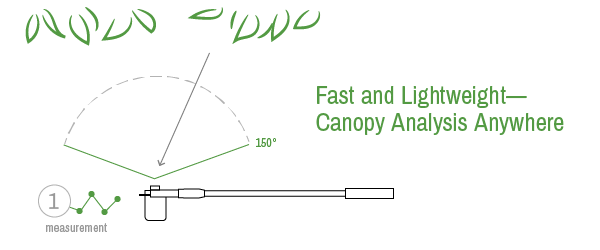
- Single measurement for comprehensive data collection and instantaneous, in-field calculation with integrated software
- No above-canopy reference measurement required
- Calculated LAI of low lying plant canopies up to forest canopy
- Adjustable camera lens focus for varying canopy heights, down to 30 cm
- 150° viewing angle with live-updating high-resolution fish-eye digital image
- On-site evaluation of solar beam transmission coefficients or gap fractions for LAI analysis
- Calculation of diffuse radiation transmission coefficients (the sky view factor), mean foliage inclination angles, and plant canopy extinction coefficients
Fully integrated ceptometer with 24 photodiodes to measure Sunflecks in the range of Photosynthetically Active Radiation - User-selected number of zenith and azimuthal divisions allows investigation of any canopy sectors desired
- Digital masking of unwanted elements in image
- Digital color filters allow user to further distinguish between sky and plant
- Internal compass and GPS enable repeated measurements in the same location over the growing season
SPECIFICATIONS
| Lens: | Equidistant wide-angle lens | |
|
|
||
| Image Resolution: | 768 x 494 pixels | |
|
|
||
| Interface: | USB | |
|
|
||
| Measuring Time: | 0.5-1 second | |
|
|
||
| Fish-eye Lens Angle: | 150° | |
|
|
||
| Operating Temperature: | 5 to 50° C | |
|
|
||
| Imaging Probe Size: | 20 x 20 mm | |
|
|
||
| Arm Length: | 440 mm | |
|
|
||
| Imaging Probe and Arm Weight: | 500 g | |
|
|
||
| PAR: | 24 PAR sensors, 10 mm spacing | |

 Français
Français 

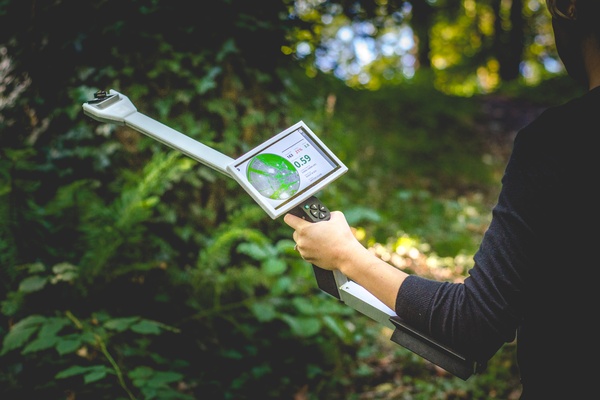
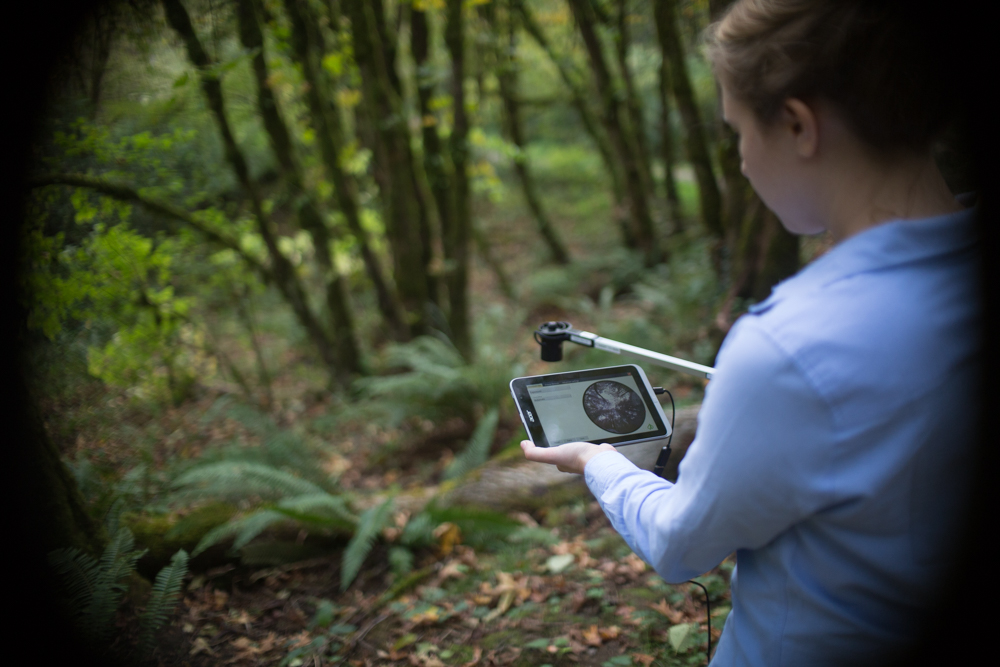
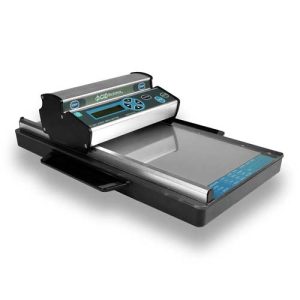
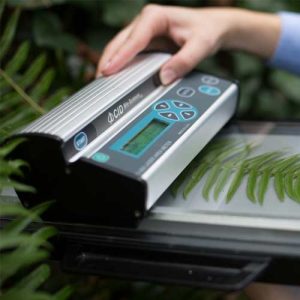
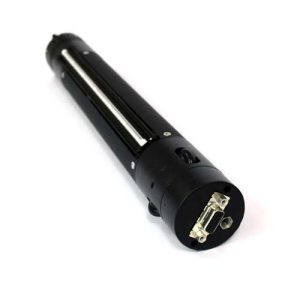
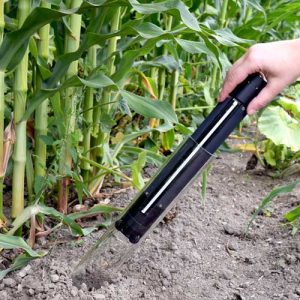
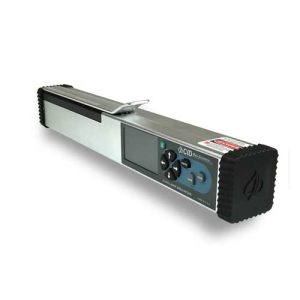
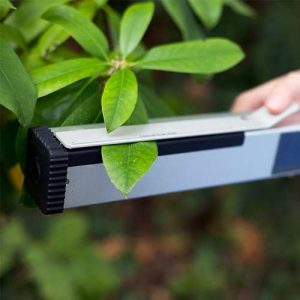

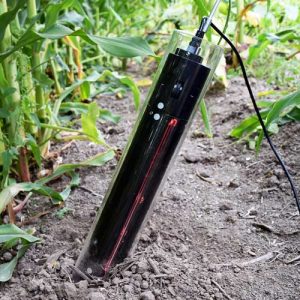

Reviews
There are no reviews yet.